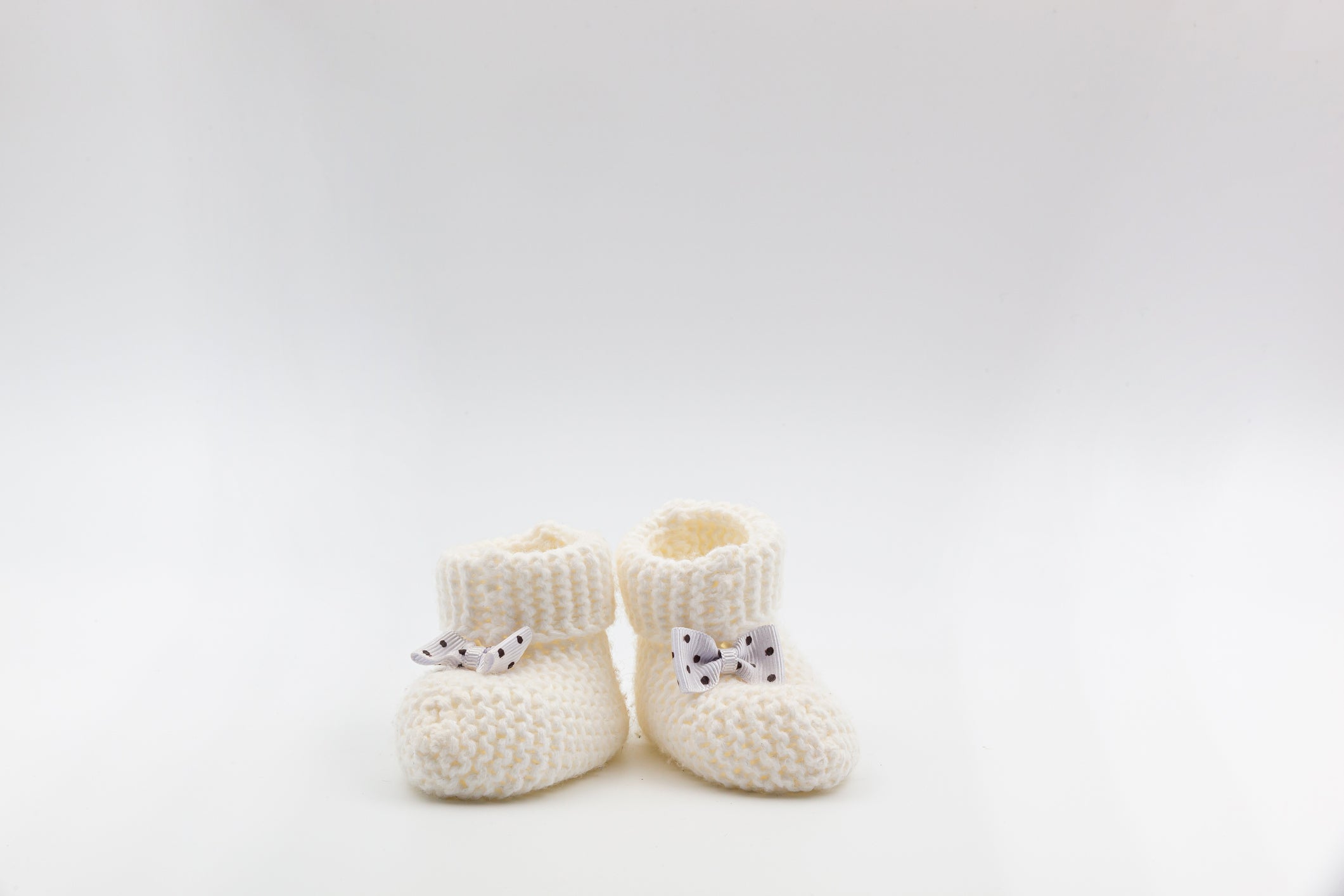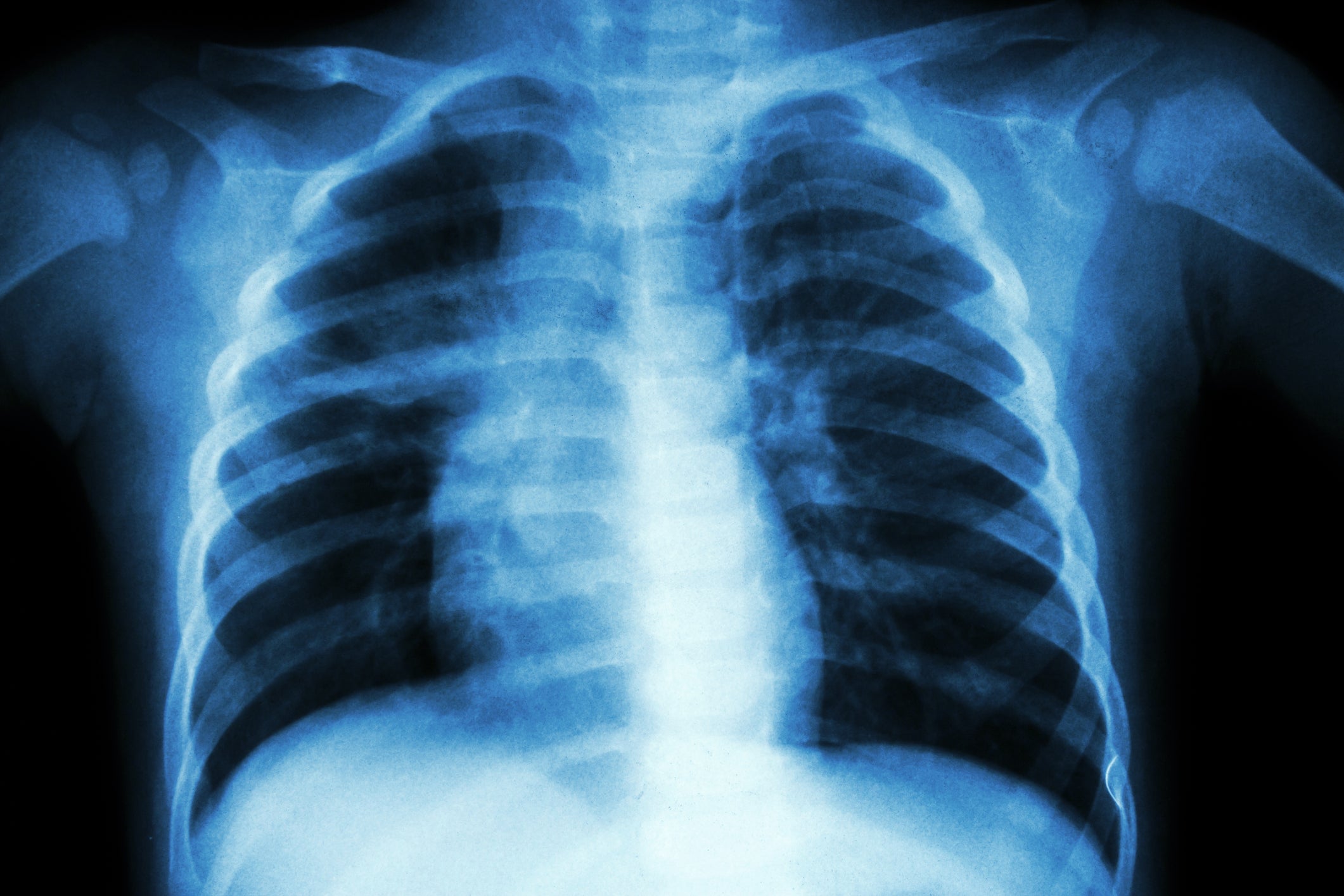Study adds to evidence of ‘dangerous link’ between lead ammunition and child blood lead levels

April 10, 2023 – Ten years’ worth of data from Massachusetts shows that children living in communities with higher rates of firearm licensure are more likely to have elevated blood lead levels, according to a study led by Harvard T.H. Chan School of Public Health’s Christian Hoover, MPH ’23. The findings build on similar evidence that Hoover found when he and colleagues conducted a preliminary analysis of 2017 data from the state.
Noting that U.S. firearms use lead ammunition almost exclusively, the authors wrote, “Our paper provides compelling evidence of a potential and dangerous link between lead ammunition and child blood lead levels and is the first to do so using multiple years’ worth of data.”
The study was published online March 25 in the journal Environmental Research.
Children are at the highest risk for long-term complications from lead exposure. Lead has been linked with a range of negative health impacts ranging from cognitive deficits and anemia to seizures and sudden death.
Using data from 2010–2019, the researchers looked at firearm licensure rates—a proxy for firearm-related lead exposure—for Massachusetts’ 351 cities and towns, as well as other known contributors to pediatric lead exposure, including old houses that may contain lead paint and/or dust, certain occupations, and lead in water.
The study found that elevated child blood lead levels were positively correlated with firearm licensure, poverty, and employment in occupations including construction, agriculture, forestry, fishing, hunting, and mining. Behind poverty, firearm licensure was the most significant predictor of high blood lead levels in children. Compared with children in communities with the least number of firearm licenses, children in communities with the greatet number of licenses were 18% more likely to have elevated lead levels across 10 years.
The researchers didn’t find a link between high blood lead levels in children and employment as police or firefighters, occupations that require a uniform change. The finding suggests that tracking—when people who have lead dust on their clothes or skin inadvertently track it into their cars and homes—could be a major source of lead exposure in children, and could be mitigated if people changed their clothes after potential lead exposure.
Water was not found to be a predictor of child blood lead levels—suggesting either that water testing in Massachusetts is not adequately capturing water lead levels or that lead in water is less likely to impact children as compared with soil or dust, according to the authors.
Hoover also wrote an April 2 opinion piece for the Hartford Courant on guns, lead poisoning, and suicide. He noted that easy access to guns is one risk factor for suicide. Another, he explained, is that lead is associated with mental illnesses such as depression or anxiety, which can occur alongside suicidal ideation, and that lead poisoning can inhibit impulse control. He stressed the need to normalize firearm storage, and for friends or relatives of gun owners to offer to take their firearms if they’re in crisis. He also recommended working to limit the use of lead-based ammunition.
Read the Environmental Research study abstract and snippets: Firearm-related lead exposure and pediatric lead levels in Massachusetts: A decade of evidence (2010-2019)
Read the Hartford Courant article (paywall): Christian Hoover: Guns and the threat of lead poisoning
Learn more
Guns, lead levels, and suicides linked in Massachusetts study (Harvard Chan School news)
Higher rates of firearm licensure linked with higher blood lead levels in children (Harvard Chan School feature)


